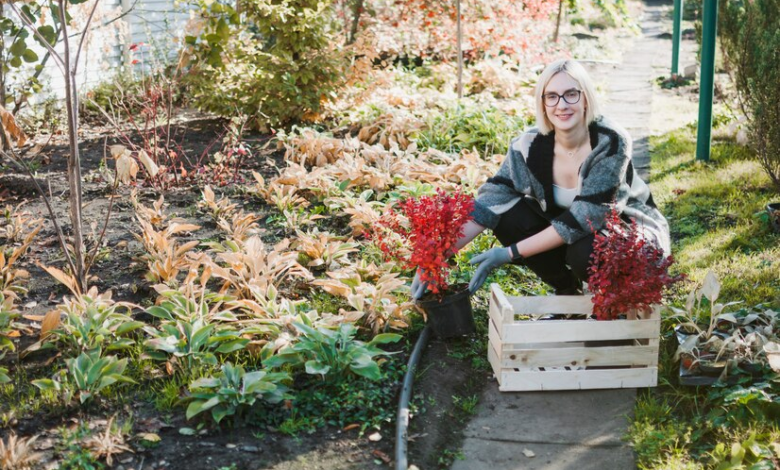Expert Tips For Building Functional Outdoor Spaces

Creating functional outdoor spaces is about more than just planting a few flowers and adding some furniture. It’s about crafting a harmonious area where beauty meets practicality. A well-designed outdoor space enhances your property’s appeal and improves how you use and enjoy your surroundings. Whether you have a spacious backyard or a small patio, residential landscaping and landscape design play vital roles in achieving the perfect outdoor environment.
Importance of Residential Landscaping in Outdoor Spaces
Residential landscaping is key to transforming your outdoor areas into functional spaces that suit your needs. It involves everything from choosing the right plants to arranging pathways and seating. Good landscaping increases your home’s curb appeal, making it more inviting and enjoyable. It also adds value to your property, creating a more desirable living space. Modern residential landscaping goes beyond aesthetics. It creates an environment where you can relax, entertain, and even grow your own food.
Principles of Effective Landscape Design
Landscape design is about organizing elements in your outdoor space to make it visually appealing and useful. Good design principles include balance, contrast, and unity. Balance creates harmony between different features, while contrast adds interest. Unity ensures all elements of your design work together as a whole. When you focus on these landscape design principles, you create a space that feels cohesive and purposeful. Each section of your yard should flow into the next, guiding the eye naturally from one feature to another.
Choosing the Right Materials for Outdoor Spaces
When designing a functional outdoor space, the materials you choose matter. Select durable, low-maintenance materials for hardscaping, such as stone, wood, and concrete. These materials will stand up to the elements and maintain their look over time. For softscaping, consider plants that complement your design while also serving practical purposes, like adding shade or privacy. Whether you’re designing a cozy patio or a sprawling garden, ensure that your materials are both beautiful and functional, standing up to the demands of your climate.
Planning for Functionality and Flow
A functional outdoor space is one that’s easy to navigate and use. Think about how you’ll move through the space and what activities you’ll engage in. For example, if you enjoy hosting outdoor dinners, plan a space with plenty of seating and easy access to the kitchen. Pathways should guide guests through your yard smoothly, without obstruction. Planning for flow makes the space feel larger and more inviting. You can achieve this by creating clear zones for lounging, dining, and gardening while maintaining a natural transition between them.
Incorporating Sustainable Landscaping Practices
Sustainability is essential when it comes to landscaping. Incorporating eco-friendly practices not only benefits the environment but also reduces the time and money spent on maintenance. Use native plants, which are adapted to the local climate, require less water, and attract wildlife. Install rain gardens to help manage runoff and reduce water waste. By incorporating these sustainable elements, you create an outdoor space that’s both beautiful and environmentally responsible.
Conclusion
Designing functional outdoor spaces requires a thoughtful approach to residential landscaping and landscape design. By carefully considering materials, flow, sustainability, and personalization, you can create an outdoor area that serves both practical and aesthetic purposes. A well-designed outdoor space can enhance your home’s value, offer a place to unwind, and make entertaining easier. With the right planning, your outdoor space can become a beautiful extension of your home.

